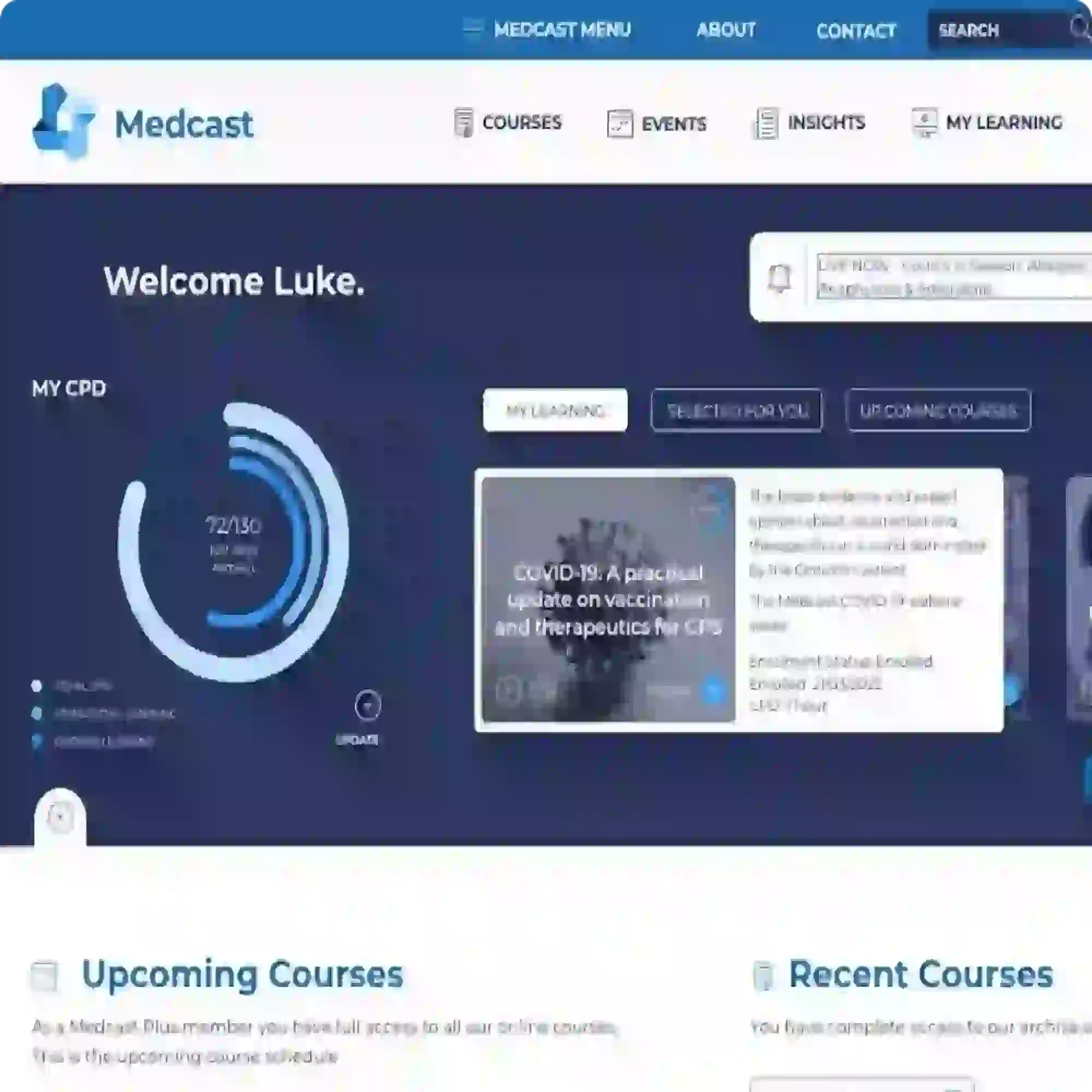Otitis Media & Glue Ear | Expert Insights
Interview between Dr Simon Greenberg, ENT surgeon and Dr Stephen Barnett, GP.
Hi Simon, we are coming into winter and I know I am going to be seeing lots of kids with otitis media and glue ear.
Q: Why have things changed in terms of insertion of grommets? Years ago, there seemed to be little evidence and little uptake of grommets, and now it seems increasingly common. Why is that?
Hi Stephen, I think there are a number of reasons we are seeing a change in the management of ear disease, which you have identified.
Ear problems are such a common issue during childhood but like many areas of medicine, a lot of the traditional treatment protocols used in the past were really based on anecdote and opinion rather than high level evidence. There has been a push over the last decade to modernise practice and try to identify more clearly which patients will benefit from grommets (and who doesn’t).
I also think there is more general awareness in the community these days regarding ear disease than there used to be, so children who require intervention are finding their way to treatment more than they did in the past which is a good thing.
Q: What are your top tips on when to refer to ENT for recurrent OM/glue ear?
There are a number of tips related to grommets and ear disease in kids which I hope will be helpful.
The first is that any child with speech delay should have a hearing test performed. I have seen a number of kids who have presented with speech delay but it took a long time to recognise that the main issue was a lack of hearing. Early detection would have saved a lot of suffering for those kids and their families.
The second is that a hearing test can be very useful tool when assessing a child and if you are unsure whether there is fluid behind the ear drum. In some children, it can be difficult to be sure if fluid is present or not. A tympanogram is a routine part of a hearing test and a type B result in the report indicates the presence of fluid behind the drum. Tympanograms can be performed even in babies so it can be a very useful tool when the physical exam is unclear.
Thirdly, children who have repeated attacks of AOM (pain fevers unwell) often have fluid persisting behind their eardrums between episodes although they seem well. Although the ear infections themselves may not be frequent enough to warrant grommets as a ‘stand alone issue’, when combined with the fact that the fluid is persisting (and hence their hearing is down), it is likely that grommets would be of benefit.
Although rare, ear disease can manifest with severe complications, including meningitis and brain abscesses.
Finally, when a child with grommets develops otorrhea, ciloxin or ciproxin HC, ear drops are very effective at treating the infection (as opposed to oral antibiotics). The parents should be advised to apply tragal pressure to help the drops penetrate more deeply into the ear. Ciloxin or ciproxin HC in general are the only safe drops to use while grommets are in position as other medication has a risk of causing sensorineural hearing loss.

Dr Simon Greenberg is an ENT surgeon with extensive experience in hearing loss and ear disease (including cochlear implantation). Simon has both private and public hospital appointments and is one of the principle ENT surgeons at the Shepherd Centre, the NSW state wide program for children with severe hearing loss. His practice is based in Kogarah, Campbelltown and the Southern Highlands.
References:
- Bagger-sjoback D, Lundman L, Nilsson-Ehle I. Ciprofloxacin and the inner ear: a morphological and round window permeability study. ORL J Otorhinolaryngol relat spec 1992;54:5-9
- Palomar GV, Palomar AV. Are some ear drops ototoxic or potentially ototoxic? Acta Otolaryngol (Stockh) 2001; 121:565-8

Become a member and get unlimited access to 100s of hours of premium education.
Learn moreCo-billing and split billing are often a source of confusion for many GPs. This FastTrack clearly defines these two methods of billing, including examples, explanations of when it is and isn’t appropriate to co- or split bill, and common compliance pitfalls. 30 mins each RP and EA available with the quiz.
The Coordinated Veterans’ Care (CVC) Program is a DVA initiative that allows GPs to provide structured, proactive care in the community for eligible veterans and war widows. This FastTrack provides a guide to billing the CVC program, and outlines a strategy for its practice-wide integration.
Achilles tendinopathy is a common cause of posterior heel pain and functional impairment. GPs are well-placed to coordinate care for these patients. This FastTrack fact sheet provides a concise summary of diagnosis and non-surgical management, including when to refer. Earn 30mins each RP and EA CPD with the quiz.

